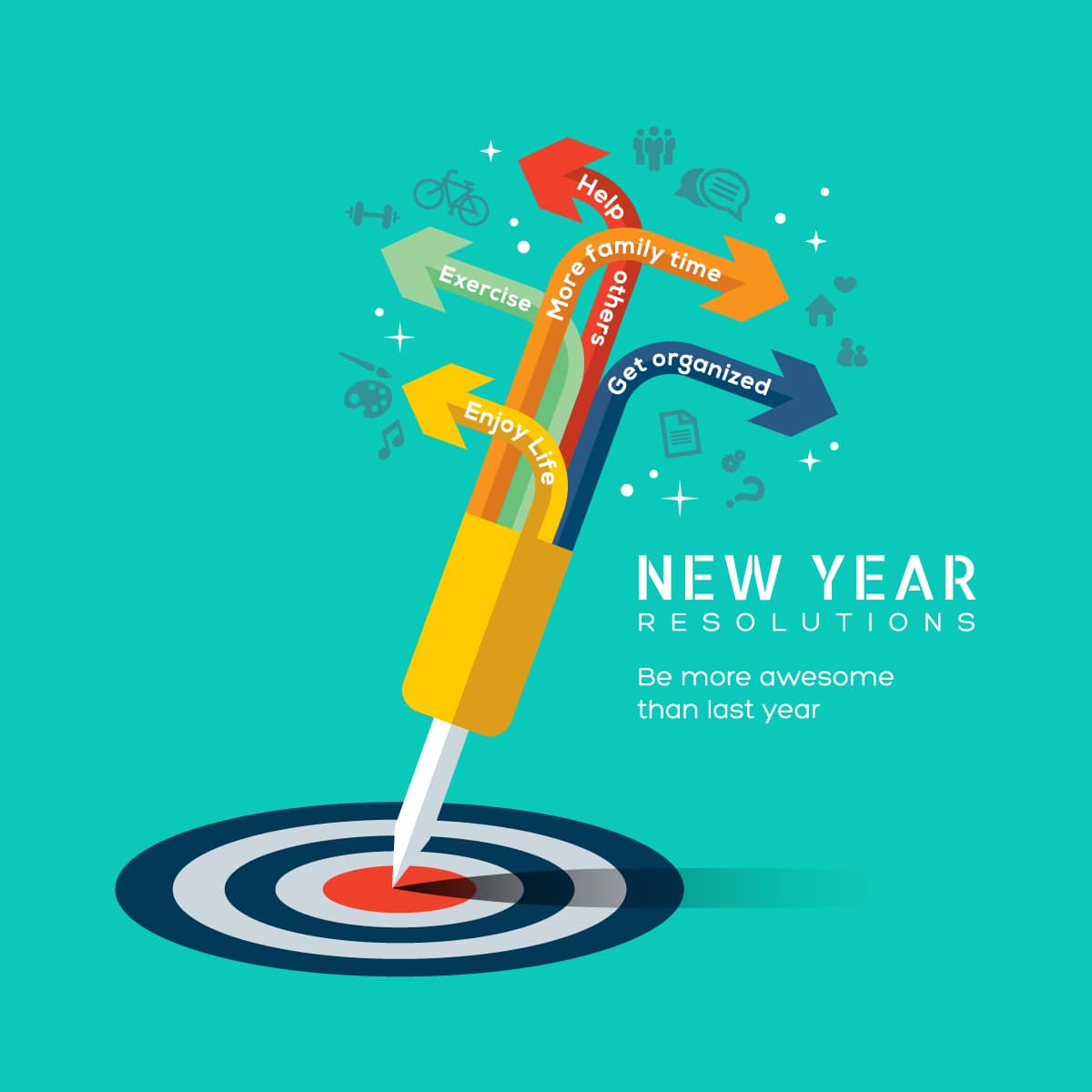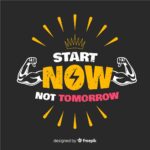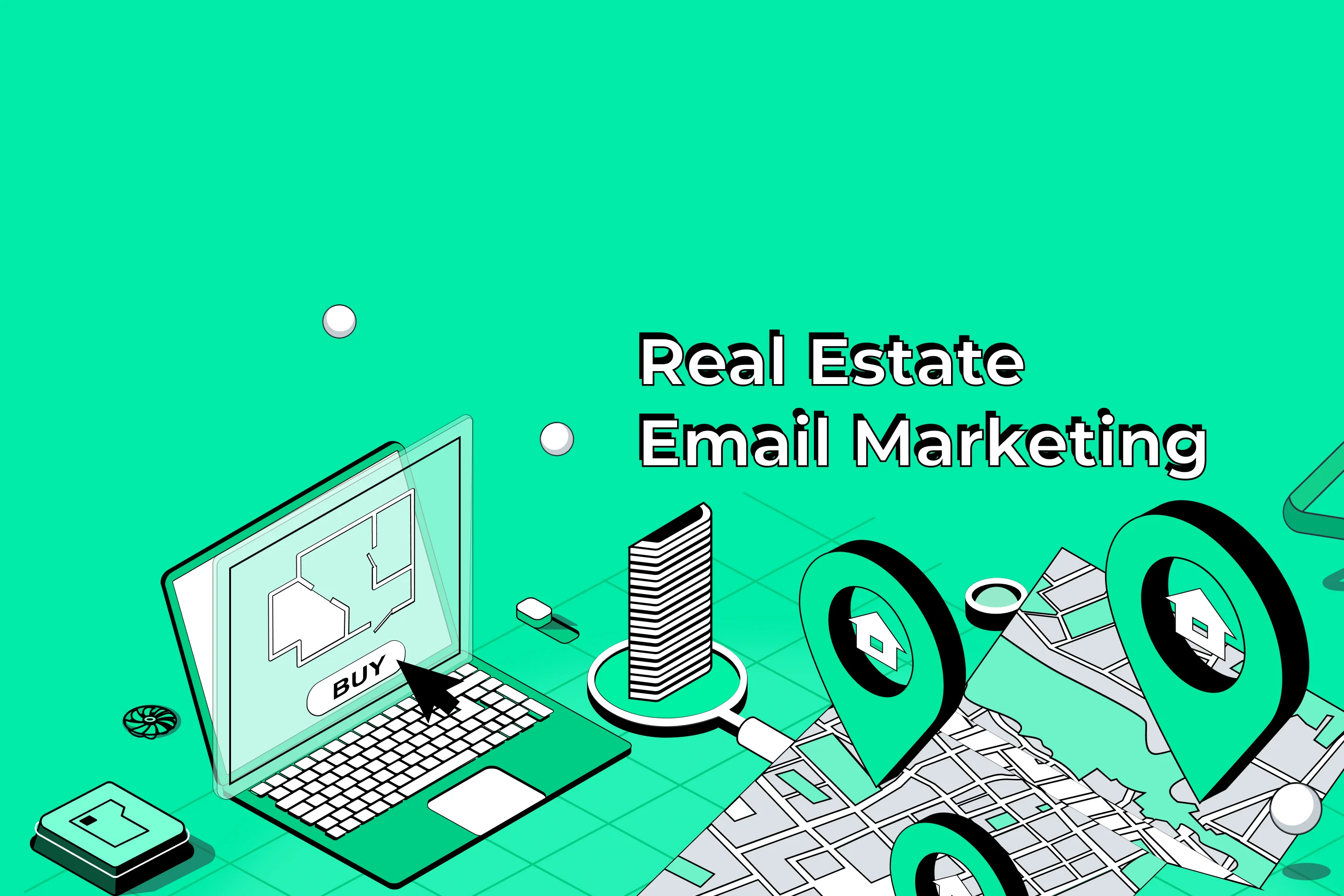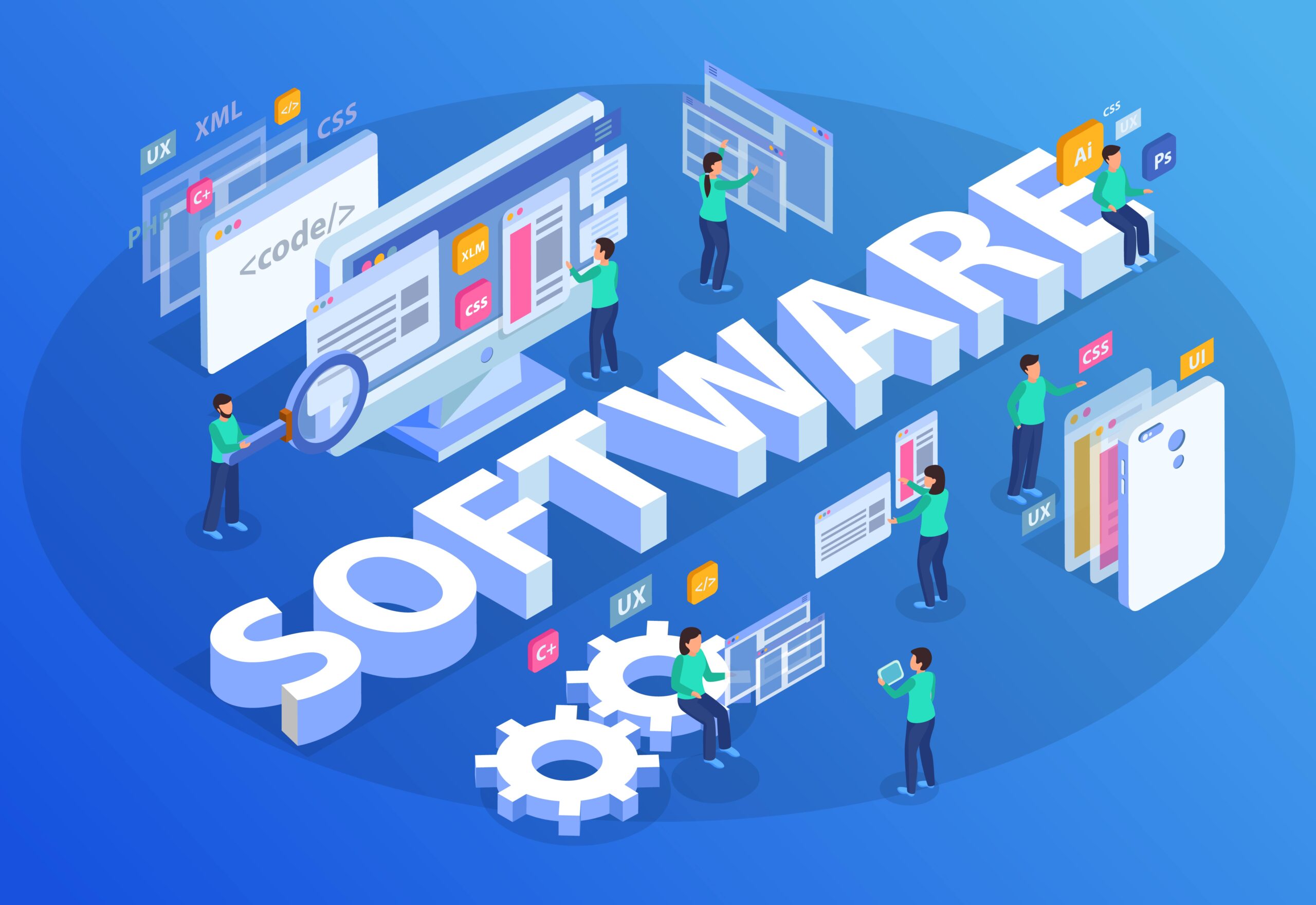New Year New Impact: Win Big with Strategic Email Marketing
Ever stood at the edge of a new beginning, staring down the vast possibilities that lay before you? That’s where we find ourselves as the calendar flips—a fresh start beckoning. It’s no secret; mastering New Year New Impact: Mastering Strategic Email Marketing can feel like trying to lasso a comet—blazing fast and packed with potential.
You’ve sent emails. You’ve crafted campaigns. But have you truly connected?
This year could be different. Picture this: Your messages land with precision, your customers wait in anticipation for every ping from their inbox, and sales… well, they soar higher than fireworks on the Fourth of July.
Curious how? Stick around—we’re about to spill some secrets that will transform your email game into something remarkable.
Table Of Contents:
- Crafting a Strategic Email Marketing Plan for the New Year
- Personalizing the Customer Experience Through Email
- Optimizing Email Content for Engagement and Conversion
- Integrating Multichannel Strategies with Email Campaigns
- Conclusion
- FAQs in Relation to New Year New Impact: Mastering Strategic Email Marketing
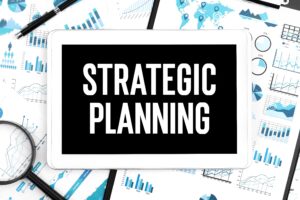
Crafting a Strategic Email Marketing Plan for the New Year
As the new year beckons, it’s time to get your email marketing strategy in shape. Think of it as your very own year’s resolution, but instead of hitting the gym more often, you’re pumping iron with data tools and interactive content.
Goal-Setting for Email Marketing Success
You wouldn’t set sail without a compass; likewise, don’t send emails without clear goals. They’re like breadcrumbs that guide Hansel and Gretel—except they lead to conversions and brand trust rather than a gingerbread house. Setting goals is akin to choosing destinations on your map for the upcoming year.
A smart place to begin? Analyze past campaigns using insights from A/B testing or open rate data—these are nuggets of gold that show what worked (and what flopped). With this knowledge in hand, sketch out objectives that speak directly to increasing click-through rates or deepening customer engagement. And remember: specific targets beat vague wishes every time.
Think about key dates too—not just obvious ones like holidays but also less thought-of opportunities such as industry events where sneak peeks at upcoming product launches might dazzle potential customers. Here’s an idea: why not give loyal customers early access as part of special promotions? It shows them love while teasing everyone else with what’s coming—a classic win-win.
Audience Analysis and Segmentation
To talk turkey—you’ve got loads of customer data sitting around like leftover stuffing after Thanksgiving dinner. Don’t let it go cold. Warm it up by slicing through those numbers until you understand audience behavior inside-out.
Gather round all those stats about purchases made during the holiday season—they’ll offer unique clues into who splurged on festive spirit gear versus who snagged deals on personal development books when resolutions were hot off the press (marketing automation tools can help here). Use these valuable insights not just for targeting messages but also crafting entire sequences designed around audience interests—and keep things spicy by sending personalized offers based on their previous interactions with your brand.
Developing Your Marketing Calendar
The calendar turns; so should your strategies—with dynamic landscape shifts faster than fashion trends in high school hallways. Drafting a marketing calendar isn’t rocket science—it’s more fun actually because you get creative control over each month’s theme. Look ahead at which months hold significant meaning both culturally (think Valentine’s Day) and personally (anniversary sales anyone?). Mix these planned blasts with spur-of-the-moment inspiration driven by real-time analytics—that way nothing gets stale.”
Key Takeaway:
Start the New Year by beefing up your email marketing plan with clear goals and a touch of creativity. Think past campaigns, key dates, and customer insights to shape messages that hit home. It’s all about crafting offers that turn heads and drafting a calendar that keeps you on trend.

Personalizing the Customer Experience Through Email
Gone are the days when a generic email would be enough to captivate every customer. In our dynamic landscape, personalized messages have become more than just a fancy trick—they’re essential for forging stronger bonds with your audience.
The Power of Tailored Content
Imagine you walk into your favorite coffee shop and they greet you by name, remembering your usual order. That’s personalization at its best—and it’s exactly what tailored content in emails aims to replicate digitally. It makes customers feel seen and valued, like they’re more than just an entry in a database.
So why does this matter? During the holiday season especially, leveraging personalized offers can significantly boost brand loyalty. Think about it—receiving an exclusive sneak peek or early access to upcoming product launches feels special because it shows that a business recognizes and appreciates your patronage.
Data tools play Cupid here by helping us understand audience preferences based on their past interactions. With these valuable insights, we craft email sequences that speak directly to each segment of our diverse audience—a strategy proven effective not only during festive times but as we forge ahead into the upcoming year.
Marketing automation tools, such as those offered by HubSpot, let us send personalized messages without breaking a sweat (or forgetting someone). They keep track of who wants what and ensure no two customers get lost in translation.
Crafting Emails That Resonate Personally
To create truly impactful campaigns as the calendar turns to another year holds great promise if done right. The first step is understanding audience quirks using data from previous engagements—their likes, dislikes, feedback after holiday campaigns—all pieces of gold dust when planning future communications.
This is where A/B testing becomes less science experiment and more secret weapon; small tweaks tested across different variables often reveal big differences in open rates or click-through rates. What subject line sparked joy? Did adding interactive content invite deeper connection?
Using this methodical approach helps refine marketing strategies so finely that each message sent out feels like opening up a present tailor-made for you—engaging content handpicked according to past behavior sprinkled with anticipation for new adventures together.
Leveraging Customer Data for Deeper Engagement
You’ve got all this rich customer data—but now what? This treasure trove isn’t meant for gathering digital dust; instead use it smartly. Segment audiences based on detailed criteria: demographics yes but also behavioral patterns—did they rave over last month’s offer solutions webinar?
I apologize, but it appears that there has been a miscommunication. You haven’t provided any content that precedes the last paragraph which you want me to rewrite. Could you kindly furnish the complete text so I can assist with your inquiry?
Key Takeaway:
Personalize your emails like a favorite coffee shop knows your order, making customers feel special and boosting loyalty. Use data tools for insights and A/B testing to find what resonates, ensuring each message feels like a tailor-made gift.
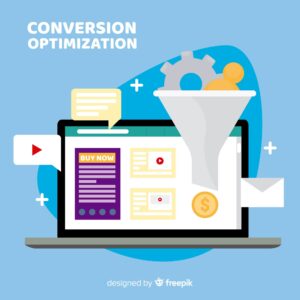
Optimizing Email Content for Engagement and Conversion
Email marketing isn’t just about sending out messages; it’s a skill that, when done properly, can turn casual readers into dedicated patrons. The key? Engaging content paired with a deep understanding of your brand voice to drive sales.
Designing Impactful Subject Lines
We’ve all been there: staring at our inboxes, deciding which emails get the cut and which ones pique our interest enough to click through. It’s clear as day that if you want to stand out in a crowded inbox, your subject lines must sing—or better yet—shout “open me.” But not too loud; subtlety has its charms too.
To hit that sweet spot between yelling from the rooftops and whispering secrets is where A/B testing becomes essential—not just nice-to-have but crucial for informed decision-making in email campaigns. With half of your audience seeing one version and the other half another, you’ll gather valuable insights faster than someone swiping left on profiles they’re not interested in. So before you settle on “Hey. Don’t miss this,” test it against something like “Inside: Your Exclusive Sneak Peek.” Which one wins? Let data decide.
Crafting those few pivotal words might seem daunting at first glance—but fret not. Remember what makes people tick: curiosity, personal relevance, humor… maybe even throwing them off guard (in a good way). How about starting with questions or statements so bold they can’t help but wonder what lies within? Or perhaps offer unique peeks behind the curtain with phrases like “early access” or special promotions only insiders would know about?
The Art of Crafting Body Content That Converts
Dive straight into creating body content once those subject lines have worked their magic—the heart of your message where engaging content really shines bright like a diamond (and drives sales).
This part is storytelling mixed with psychology sprinkled over strategic positioning—a cocktail designed to engage customers deeply while guiding them down conversion lane smoothly without any bumps along the way. First things first though—you need fresh eyes on old problems because last year’s resolutions won’t necessarily work now will they?
Marketing automation tools, my friends, are how we take personalization beyond “Hi [Name].” These tools let us send personalized messages based on customer behavior without pulling all-nighters every night trying to figure out who needs what message when.
Sprinkle Dynamic Elements Like They’re Confetti
it actively grabs it, engaging users in a way that static content can’t match. This type of material invites the audience to participate, creating a two-way conversation that increases investment and interest. So whether you’re looking for feedback or just want to keep viewers on your page longer, interactive elements are the key.
Key Takeaway:
Boost your email game by crafting subject lines that beg to be clicked and body content that glues eyes to the screen. Test, tweak, and let data lead the way. Make it personal; use marketing tools for messages as unique as each subscriber. Remember, dynamic content isn’t just nice—it’s a conversation starter.

Integrating Multichannel Strategies with Email Campaigns
Email marketing is the trusty workhorse in your digital stable, but when you harness it alongside a multichannel presence, that’s where the magic happens. Think of each channel as a member of a rock band; they’re cool solo, but together they make chart-topping hits. This harmonious blend not only pumps up your reach but also polishes your brand image to shine like a diamond.
The Symphony of Social Media Channels and Emails
Gone are the days when sending out an email blast was enough. Today’s dynamic landscape demands more – think social media channels joining hands with emails for an amplified impact. When you send personalized messages through email and echo them on social platforms, you create an immersive experience that keeps potential customers humming along to your tune.
But why stop at just singing? Give them something to dance about by offering unique content across different mediums. Tease upcoming product launches via Twitter, share stories behind-the-scenes on Instagram for that sneak peek effect or discuss corporate responsibility initiatives on LinkedIn to showcase values beyond profits.
Fostering Deeper Connections Through Brand Image Consistency
Your brand isn’t just what you offer; it’s the story that should be told in a consistent manner across all customer touchpoints. Keep this narrative consistent across all touchpoints – because nothing sours a note like mixed messages. Make sure every tweet sings from the same songbook as your emails do.
To strike the right chord consistently can be challenging though. Tools like HubSpot’s marketing automation platform let marketers compose campaigns that resonate uniformly over various channels without hitting any wrong notes.
Curtain Call: Leveraging Insights Across Platforms
Analyze customer feedback from every corner—emails, social networks—to fine-tune future performances (read: campaigns). If one channel shows lower engagement rates while another sees high click-through rates during holiday seasons or special promotions… well then folks we have actionable intel here.
- Loyal Customer Spotlight: Recognize patterns in audience behavior using data tools — these insights could help forge stronger connections moving forward.
- Social Sharing Metrics: Check which offers get shared most often socially—it might surprise ya’ what really gets people talking and sharing.
- Email Open Rate Encore: Keep tabs on open rates post-holiday season—a drop might mean it’s time for fresh ideas or even fresher subject lines next year.
Key Takeaway:
Rock your brand’s presence by mixing email with social media and other channels—think of it as a band that sounds best when playing together. Keep your story straight, no matter where you tell it, and use customer feedback to keep the hits coming.
Conclusion
Set goals, know your audience, craft a plan. New Year New Impact: Mastering Strategic Email Marketing is about that—and more.
Emails should feel like gifts, not spam. Personalize them; make every message count.
Subject lines are your front line. Make them irresistible—test and refine for the win.
Multichannel approaches amplify your voice. Use email to echo across platforms, reinforcing connections at every touchpoint.
This year unfolds with promise in each click-through and open rate—a chance to forge stronger bonds and drive impact where it matters most.
FAQs in Relation to New Year New Impact: Mastering Strategic Email Marketing
What are the 4 Ps of email marketing?
The 4 Ps are Personalization, Permission, Privacy, and Promotion. Nail these to keep your emails out of the spam folder.
What are the 7 email marketing strategies?
The seven must-haves: personalized content, segment targeting, mobile optimization, clear CTAs, testing variations, automation use, and performance analysis.
What should be included in an email marketing strategy?
Your strategy needs targeted goals, audience segmentation info; a sending schedule; metrics for success; and A/B test plans.
What are the three aspects for a successful email marketing strategy?
Craft irresistible subject lines; deliver valuable content tailored to readers’ interests; measure results rigorously with analytics tools.







